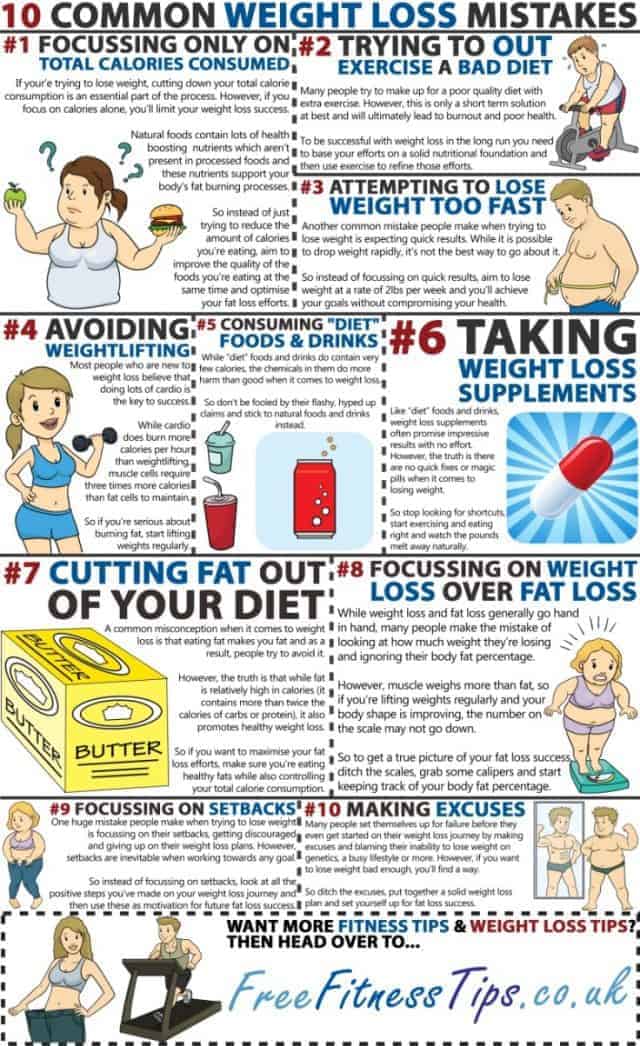The Science Behind Medical Weight Reduction: Exactly How It Works
The Science Behind Medical Weight Reduction: Exactly How It Works
Blog Article
Produced By-Curtis Coley
Weight reduction is a facility topic that has actually mesmerized the interest of individuals seeking to enhance their health and well-being. While there are what does a glp 1 do and approaches available, clinical weight management is acquiring appeal because of its scientific technique.
This article will certainly look into the scientific research behind clinical weight reduction, giving a thorough understanding of exactly how it functions. By exploring what causes and treatments for childhood obesity of calorie deficit, metabolism, and the impact of hormones on body structure, we will uncover the hidden devices that add to successful fat burning end results.
Understanding these scientific concepts is crucial for people looking for effective and sustainable weight-loss options. So, allow us embark on this trip to untangle the science behind clinical weight reduction and equip ourselves with understanding to attain our wellness objectives.
Understanding the Caloric Shortage
Recognizing the caloric deficiency is vital in comprehending the clinical concepts underlying clinical fat burning. A caloric deficiency happens when the body expends much more calories than it eats through food and drink. This deficiency forces the body to tap into its stored power books, bring about weight reduction.
Clinical weight loss programs often focus on developing a sustained calorie deficiency through a mix of diet, workout, and behavior changes. By meticulously monitoring calorie intake and creating tailored dish plans, people can guarantee they are taking in less calories than they are shedding. This, consequently, promotes fat loss and aids people achieve their weight loss goals.
Understanding the caloric shortage is essential in clinical weight management as it develops the structure for producing efficient and sustainable weight loss techniques.
The Role of Metabolism in Weight Management
The function of metabolism in weight reduction is a fundamental element to think about in medical weight-loss programs. Metabolic rate refers to the processes in our body that transform food and beverage right into power. A greater metabolic process implies that our body burns calories more efficiently, resulting in weight management. Conversely, a slower metabolism can make it more difficult to shed pounds. Comprehending https://www.mayoclinichealthsystem.org/hometown-health/speaking-of-health/intermittent-fasting-fad-or-solution of metabolic process is essential in developing effective fat burning techniques.
Below are four key points to think about:
- Metabolism is affected by elements such as age, sex, genetics, and body make-up.
- Regular physical activity and strength training can enhance metabolic process by enhancing muscle mass.
- Consuming a balanced diet regimen, consisting of protein-rich foods and foods with a high thermic result, can enhance metabolism.
- Sufficient rest and anxiety monitoring are important for keeping a healthy and balanced metabolic rate.
The Effect of Hormones on Body Structure
Metabolic rate's relationship with weight loss leads us to take into consideration the significant influence of hormones on body structure. Hormonal agents play a critical duty in controling numerous processes in our bodies, consisting of metabolic rate, cravings, and fat storage.
For example, the hormonal agent leptin signals to the brain when we've had enough to consume, aiding to manage our hunger. Insulin, another hormonal agent, regulates blood sugar level levels and promotes the storage of excess sugar as fat.
Hormonal discrepancies, such as an underactive thyroid or high levels of cortisol (the stress hormone), can contribute to weight gain and difficulty reducing weight.
Understanding the duty of hormonal agents in body structure is essential for developing reliable medical fat burning methods that resolve these discrepancies and advertise sustainable weight management.
Conclusion
Finally, clinical fat burning is a clinically tested method that uses the concepts of calorie deficiency and metabolic process to accomplish successful end results.
By recognizing the effect of hormonal agents on body structure, health care professionals can tailor personalized methods to aid people attain their fat burning goals.
With commitment and advice, medical weight reduction can lead to exceptional changes, unlocking a new lease on life.
